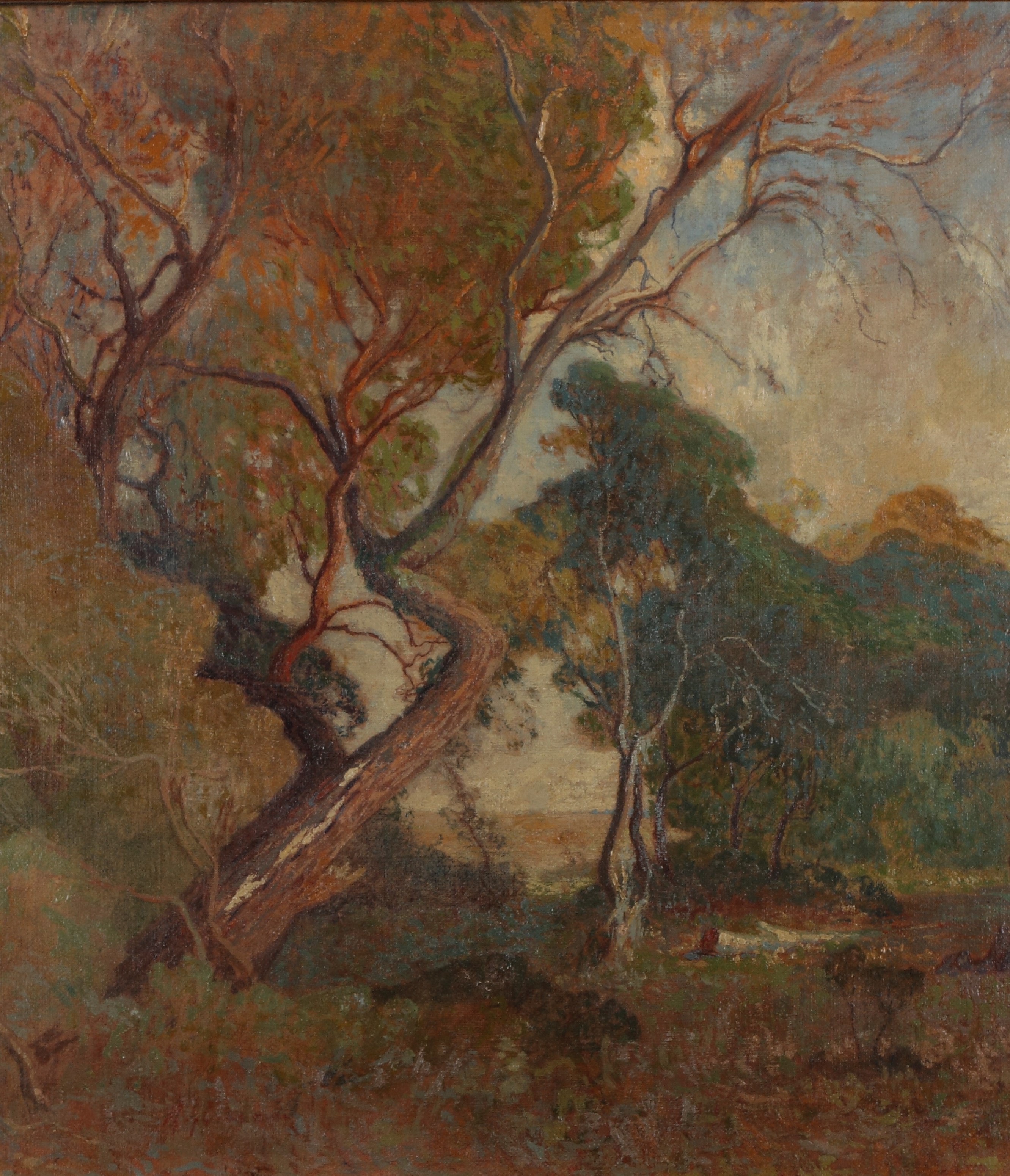"QUEBRANTAHUESOS". EXPANDED POETRY, VISUALITY, AND POLITICS IN CHILE, 1952
DOI:
https://doi.org/10.7764/ANALESLITCHI.41.07Keywords:
Expanded Poetry, Chilean Neo-avant-garde, Nicanor ParraAbstract
This article examines Quebrantahuesos (1952), a collective poetic intervention by poets such as Nicanor Parra, Alejandro Jodorowsky, Enrique Lihn, and others, in the public space of Santiago de Chile, within the context of expanded poetry and its relationship with politics during the Cold War. Through collages that emulated the front pages of newspaper, Quebrantahuesos challenged the relationship between literature and power in Latin America in a context marked by anti-communist policies. Rescued by Ronald Kay in 1975, during the Chilean military dictatorship, Quebrantahuesos gains new political relevance. The article highlights how this poetic action intervenes in the public sphere by offering a broad critique of various social situations, with the aim of reconsidering its significance in the genealogy of political art in Chile. The article accounts for the critical reception of Quebrantahuesos, its historical impact, and its role as a precursor of political art practices in Chile, arguing that its recovery during the dictatorship reflects its latent political potential.
Downloads
Downloads
Published
How to Cite
Issue
Section
License

This work is licensed under a Creative Commons Attribution-NoDerivatives 4.0 International License.


